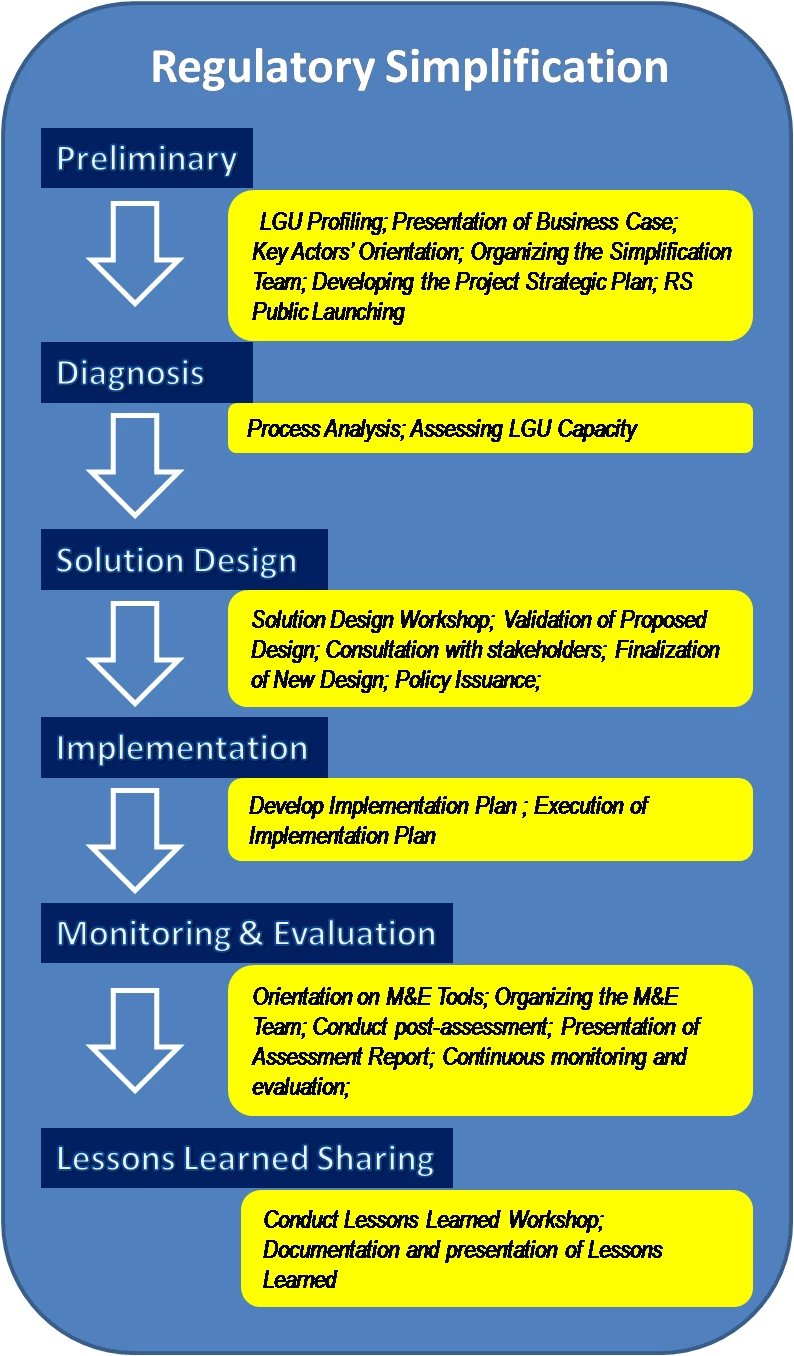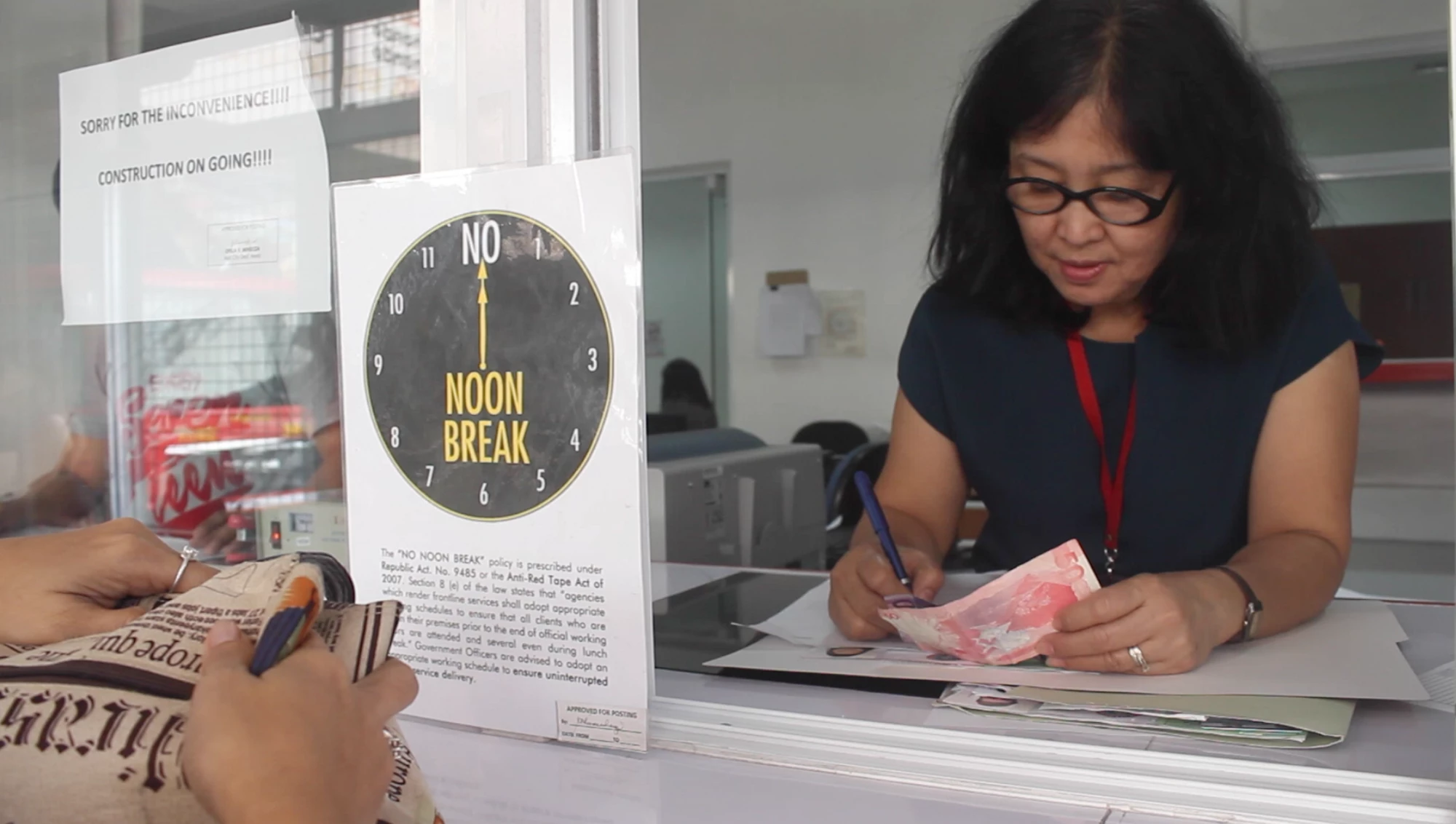Maybe it's just easier to think that the keys to economic growth lie at the national level of governance – where monetary and fiscal policies, national law and development strategies are conceived and debated. Certainly national policy is important, but it is rarely where entrepreneurs have their first experience interacting with law and policy.
The city is where people’s ideas create business, where people work and where the bustle of the economy comes alive. The city is where an entrepreneur will first interact with systems that are ostensibly created to attract and support business investment and growth.
Cities can and do engage in reforms to help improve their economic competitiveness. Often this includes the identification of a business sector deemed competitive and some strategy on how to do it better. Improved competitiveness also can include investment in more efficient transportation systems, better access to utilities and services, improved tax policies, better zoning, infrastructure investment and investment in skilled labor. While working on these complex policy and investment opportunities is rational, it often takes time to do the analysis necessary to identify the best opportunities – and it takes much longer to actually see the rewards.
Fortunately, there is a reform that cities can do almost immeduiately, and at low cost, to help support business development and improve the business environment: business entry simplification.
The Philippine Experience & Lessons Learned
In decentralized economies like the Philippines, cities play an important role in business registration. In fact, almost of one-third of the country’s business registration steps fall under the responsibility of city-level leadership.
In working with Philippine cities to reform dated, cumbersome, and confusing business registration requirements, a World Bank Group team was able to help its clients reduce registration steps from an average of 41 to just three. Cities also saw an average spike in new business registration of around 20 percent in the first year after the implementation of reform.
In the course of working with city Mayors, the WBG discovered some common lessons that, when addressed, made for a far more successful reform initiative:
5 Lessons Related to Project Design
- It's critical to have the highest level of support for the reform effort. Philippine mayors issued an Executive Order (EO) to create a leadership team consisting of broad-based city representation – including leaders of such city functions as the treasury, IT, health, engineering, city planning, legal affairs and public information – to act like a board of directors and provide oversight to the reform process. Such a diverse group is critical in order to provide fresh and objective opinions on the proposed reforms. If the group is composed only of direct stakeholders, that concentration of vested interests can inhibit progress toward regorm. The EO also creates a project team, commits individuals to the reform program, and clarifies expected reform outcomes and the timetable. Members of the Project team are heads of offices or middle managers with responsibilities or technical skill necessary for reform implementation.
- Business registration process validation and involvement of private-sector representatives. Often what officials have in their books as the registration process and what is experienced by the applicant are different. Prior to reforming the system, it is necessary to do a detailed mapping of the current procedures, and this should not be done by government alone. To be relevant and accurate, businesses owners need to engage in the mapping process with the output being a single and agreed-upon process map. From this point, meaningful reform can begin.
- Momentum is critical. Philippine mayors took about five or six months to go from a Mayor’s EO to the enactment of regulatory reform. In cases where it took longer, it took much longer! If the project stumbles along without energy or drive, new issues and priorities emerge that will distract committee members and derail the reform work. The best and most successful reforms take place in a limited time frame.
- Before the mapping, all team members must have the same understanding of what is a “step” or “procedure.” One city defined a step as an action that results in a document being processed. Another city counted a step as any one discrete procedure experienced by the applicant or a processing office. A common understanding is critical to managing the reform process smoothly.
- Use public communication as a level to drive reform. A Mayor who goes public to announce the reform initiative can be held more accountable for the success of that initiative. Once implemented, a launch event communicating regulatory improvements – including new procedures and processing times – will support transparency and accountability and will reinforce the implementation of the new systems.
5 Lessons Related to Implementation
- Don’t treat all businesses equally. Develop a risk profile for types of businesses, and fast-track low-risk business by allowing them to bypass regulations meant for business activities that pose greater health or safety risks to the public.
- Don’t use the business permit as a means to assure compliance with other regulatory responsibilities. In the Philippines, a permit was not provided until there was compliance with building-permit inspection requirements and health and environmental ordinances. Social Security Services (SSS) certification was also required by cities, even though certification is only needed after hiring an employee. Removing these kinds of steps significantly sped up registration.
- Simplify access to information important to starting a business. When one city uploaded a zoning map to a city web page, it reduced cases of business owners applying for a business location, only to realize later in the application process that the business location was not allowed by the zoning plan.
- One-Stop registration offices support more efficient registration, but they can also do more. Excellent one-stop offices will empower citizens with easy access to relevant information; provide guidance and service to facilitate legal compliance; accept complete applications and fees; and serve as a location for follow-up.
- Eliminate notarization of filled-out forms. In some countries, notarization is required by law. This is true in the Philippines too. However, when one looks carefully at Philippine law, notarization is required for private documents. Public documents, like business registration forms, are already official and public. Therefore, notarization, which converts a private document into a public one and thus admissible in court as evidence, is not necessary for public documents.
Business registration reform at the city level is one of many initiatives that cities can pursue to attract business and create jobs, especially for small and medium-sized enterprises. Working on registration reform need not be prolonged, complicated or technical. A committed and empowered team, a thoughtful program design, and some creative thinking can lead to strong and sustainable reforms.
The World Bank Group has extensive experience with national-level and sub-national-level business registration reforms. Recently, the World Bank Group’s Open Learning Campus constructed a five-part video to give project and prospective reform leaders an opportunity to hear directly from city leaders about successful registration reform initiatives. The content is available at https://olc.worldbank.org/content/competitive-cities.
Would you agree that business-regulation simplification is a tool that can support and improve city competitiveness? Do you beluieve that it can be an important tool? If so, why? I look forward to hearing your opinions.
To learn more about the World Bank Group's work on Competitive Cities, download the report, “Competitive Cities for Jobs and Growth: What? Who? And How?” , and visit the website for background papers and additional materials.




Join the Conversation